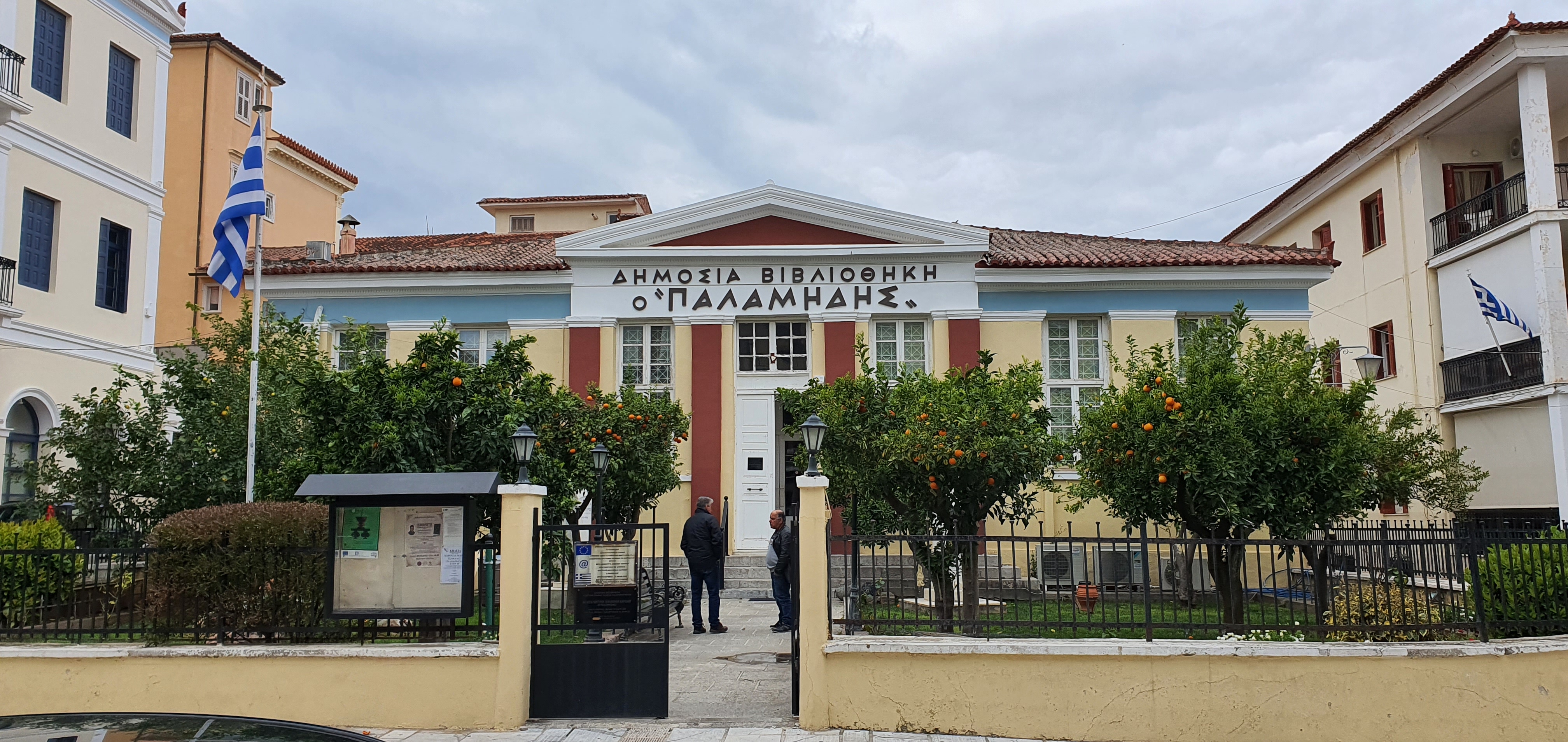Nafplio or Nauplio is a coastal city located in the Peloponnese in Greece and it is the capital of the regional unit of Argolis and an important touristic destination. Founded in antiquity, the city became an important seaport in the Middle Ages during the Frankokratia as part of the lordship of Argos and Nauplia, held initially by the de la Roche following the Fourth Crusade before coming under the Republic of Venice and, lastly, the Ottoman Empire. The city was the second capital of the First Hellenic Republic and of the Kingdom of Greece, from 1827 until 1834.
The area around the fascinating, historic town of Nafplion used to be a bustling port in the Neolithic period. The reason this place was deserted during the Classical period is not known and Pausanias the geographer, who described the Mycenaen town of Tyrins, gives no explanation about the incidents of that time. The city was named after Nafplios, son of Poseidon, and was also famous as the birthplace of Palamidis, the local hero of the Trojan War. He had supposedly invented weights and measures, built lighthouses along the bay, invented the Greek alphabet and was the father of Sophists, a philosophical current in ancient Greece.
In the 6th century BC, the city of Nafplion was captured by Damokratis, the king of Argos, as it allied with Sparta during the Second Messenian War. The next centuries was no evidence regarding the history of Nafplion, as it was overshadowed by the neighboring Argos. In the Medieval Times, Nafplion was occupied by the Venetians, who made it an important naval spot in the Peloponnese. The Venetians constructed the impressive Palamidi Fortress above the town to protect it from enemies and also built a castle in Bourtzi, a small islet at the entrance of the port. In the 16th century and after many sieges, the town was conquered by the Ottomans.
Nafplion was among the first towns to be set free at the Greek War of 1821. It became the seat of the permanent Greek government until the end of the war and many war heroes and fighters moved to Nafplion, among which Theodoros Kolokotronis, Manto Mavrogenous, and Dimitrios Ipsilantis. After the end of the war, it was in the port of Nafplion where the first governor of the Greek State arrived, Ioannis Kapodistrias, making the town the first capital of Greece. At the time of Kapodistrias, many public buildings were constructed, including the residence of the governor, also known as palataki. It was also in the church of Agios Spyridon in the Old Town of Nafplion that Kapodistrias was assassinated by his political opponents on September 27th, 1831.

Geography
Nafplion is the seat of the prefecture of Argolida and a town with a long history. At a distance of 150 km from Athens, Nafplion spreads between a large port and a high hill, on top of which stands the strong Castle of Palamidi. At the entrance of the port, there is a small islet with a nice fortress, Bourtzi, on it that dates from the Venetian times.
The geography of Nafplion is characterized by the rocky spots which give a great view of the sea and the opposite islets. The inland of Nafplion is dotted by the long valley of Argos and some high mountains with short vegetation on it. Many olive groves and fruit cultivations are also found in the area. Nafplion is surrounded by two large bays that give nice sandy beaches to swim: the Gulf of Tolo on one side and Nea Kios on the other.
The most popular beach resort close to Nafplion is Tolo, at a distance of 10 km from the town. This long and sandy beach has many hotels, taverns and watersports centers. From the port of Tolo, cruise ships depart in summer with destination to the Saronic islands of Hydra and Spetses and to Monemvasia.

Name Origins
The name of the town changed several times over the centuries. The modern Greek name of the town is Nafplio (Ναύπλιο).In modern English, the most frequently used forms are Nauplia and Navplion.In Classical Antiquity, it was known as Nauplia (Ναυπλία) in Attic Greek and Naupliē (Ναυπλίη) in Ionian Greek, In Latin, it was called Nauplia.During the Middle Ages, several variants were used in Byzantine Greek, including Náfplion (Ναύπλιον), Anáplion (Ἀνάπλιον), and Anáplia (Ἀνάπλια).During the Late Middle Ages and early modern period, under Venetian domination, the town was known in Italian as Napoli di Romania, after the medieval usage of "Romania" to refer to the lands of the Byzantine Empire, and to distinguish it from Napoli (Naples) in Italy.
Also during the early modern period, but this time under Ottoman rule, the Turkish name of the town was Mora Yenişehir, after Morea, a medieval name for the Peloponnese, and "yeni şehir", the Turkish term for "new city" (apparently a translation from the Greek Νεάπολη, Italian Napoli). The Ottomans also called it Anabolı.
In the 19th century and early 20th century, the town was called indiscriminately Náfplion (Ναύπλιον) and Nafplio (Ναύπλιο) in modern Greek. Both forms were used in official documents and travel guides. This explains why the old form Náfplion (sometimes transliterated to Navplion) still occasionally survives up to this day.
 Русский
Русский  Spanish
Spanish  日本語
日本語  Italiano
Italiano  Ελληνικά
Ελληνικά  Deutsch
Deutsch  French
French  English
English 